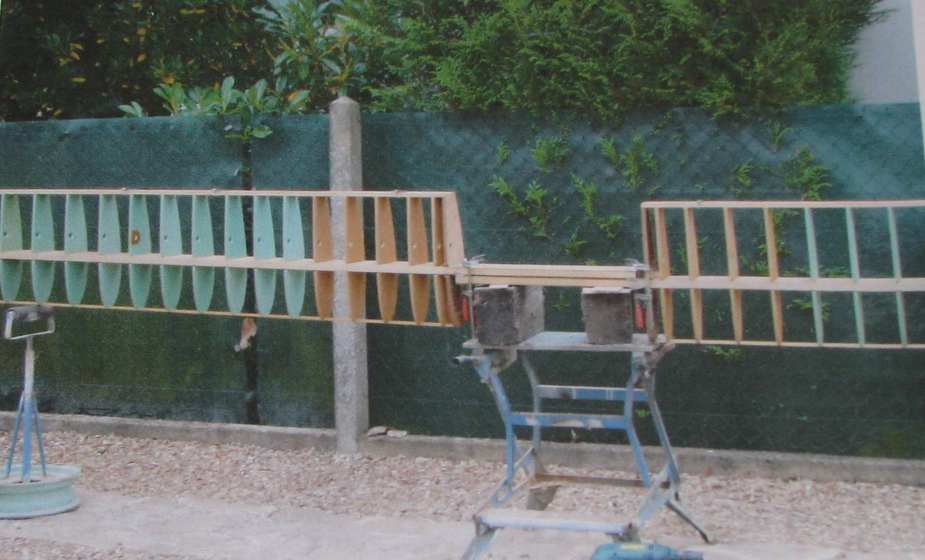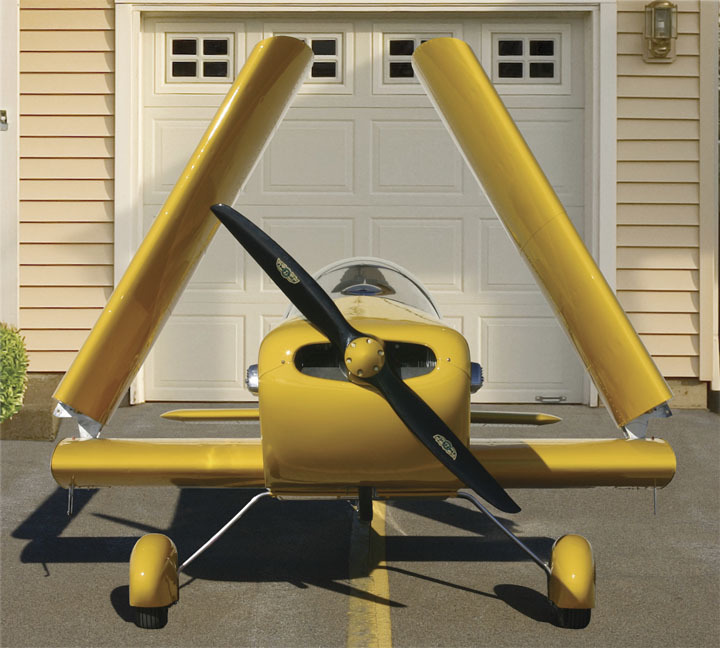I recently bought the plans for Colomban’s MC30 Luciole. Something that surprised me, and offended my sense of aesthetics slightly, was the fact that the wing spars are longitudinally offset. The wings can be derigged individually and are basically symmetrical with a spar that protrudes into the fuselage. The spars run side-by-side, one forward of the other, with both of them bolted together between bulkheads. Off the top of my head (I haven’t yet studied everything extensively) the spars are about an inch thick (longitudinally).
Anything with a single propeller is going to be ‘handed’ anyway, and I can see that it’s a very simple design. The more I consider it, the more I can see why that arrangement was chosen and reasons why it shouldn’t matter that much.
Is this a common design feature, and if not are there any other aircraft with slightly offset wings, excepting experimental designs like the AD-1.
That sounds strange. Usually the spars are tapered so they overlap one in front of the other, yet keep the wings symmetrical.
Some photos on this page:
http://www.reaa.ru/cgi-bin/yabb/YaBB.pl?num=1232970002/all
I suppose you get a pitching moment if one side stalled before the other, and maybe some slight differences in downwash on the tail? None of that seems dramatically important to me.

The little Briggs and Stratton engine is very much like a Guzzi to me, but I imagine designed for continuous full power. I’ve always felt an attraction for these kinds of ultralights, where the intent is to do a lot with a little.
Yes – may well be done “just right” to offset the torque effect at typical cruise power.
Just how “crooked” is a typical SEP? I think on the TB I have just a slight rudder displacement. The vertical stabiliser appears to be on the centreline.
I figure it would only take a minute angular deviation at the root to lead to the wingtips being an inch or two displaced, anyway. But nobody would ever notice if the displacement was at the wingtips rather than the roots.
My concern with the B&S was that it only has single spark plugs in each cylinder, and spark plug problems seem to me quite common. But I’m told it will just stay aloft with a single cylinder still running run smoothly. It’s only an ultralight in terms of weight though – wing loadings and landing speeds are comparable to class A aircraft so you’d want something reasonably reliable.
@kwlf: there is no argument about the spars not being parallel (that would be problematic, at certain degrees) – the concern is that the one wing half is mounted before the other so that the half wing’s centrelines are parallel, but offset by the thickness of the spar.
I should think that the phenomenon can be easily countered by having the spars pass through a different point in the ribs – but apparently it is precisely as Mr. Colomban wanted it to be, and we may thrust that he knows what he is doing.
I think the aeroelastic problems that you would get with that solution could be quite frightening – e.g. you pull out of a dive at speed and find that you get an uncommanded roll because the centre of pressure lies a different distance from the spar and so the twisting moment is unequal.
I agree that the wings not being perpendicular is different from having them offset, but for small angles I would have thought that the effects should be roughly equivalent (little effect on the aerofoil section; centre of forces slightly offset for each wing).
Yes – may well be done “just right” to offset the torque effect at typical cruise power.
- or make it worse. The direction of rotation on typical engines used on those applications can be either way. It probably is so little that it is hardly noticeable, but still, I think it is a sloppy/lazy design, not even used on RC planes.
Last year I almost bought one of these.

Very similar to the MC30, but a better design in my opinion. I was 100% sure I was going to get one. I even went through all paperwork to make the type valid in Norway, and I am still the official agent for a couple of months more. Then I went down to the Czech Republic to look and see and try only to find out it was too small – over the shoulders. There is no way I could sit comfortable in it in a T-shirt, and not a change I would even fit with normal Norwegian clothing (Woolen sweat shirt and a outdoor jacket). So I ended up with a Onex in addition to my RV-4.
The Onex is aerobatic and a different airplane altogether, but the design is good and strong and it can be used for more than just circling the field, and it is a kit. Other good scratch built one seaters are the CX4 and the BK1 . All of them cruise at 100+ knots, excellent handling and are designed for by/for hamburger-eating and milk shake drinking Americans, meaning even broad shouldered Norwegians will fit  All metal, easy to built, easy to fix.
All metal, easy to built, easy to fix.

But, they also are experimental aircraft and cannot be built as Ultralights or LSA here in Europe. However, there is one nice little British aircraft coming now. Still on the drawing board, but looks like it is going to be really cool. More like a metal version of the MC30/SD1. The Stinger
To be fair, the Luciole plans come with recommendations for the engine, propeller, and a series of mods for the B&S so one would hope he got the offset the right way round.